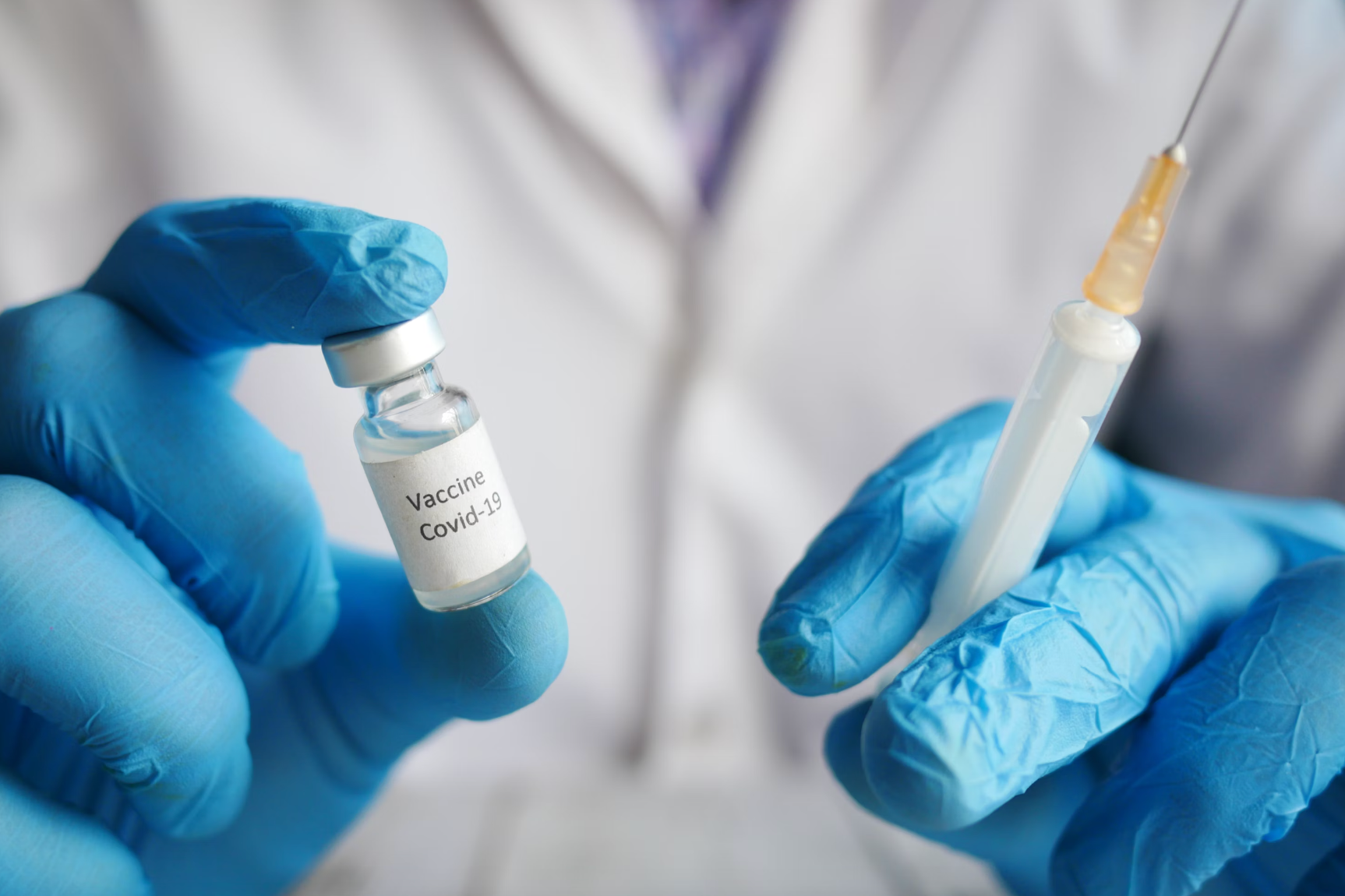News
Article
COVID-19 Vaccine Safe for Patients with Hepatitis C Virus-Related Liver Disease
Author(s):
After receiving the COVID-19 vaccination, the antibody titers of patients with cirrhosis and hepatocellular carcinoma were significantly reduced compared to patients with chronic hepatitis C patients.
Credit: Unsplash

A new study found the COVID-19 vaccine is safe for patients with Hepatitis C Virus-Related Liver Disease.1
Patients with severe liver disease infected by COVID-19, caused by a severe acute respiratory syndrome coronavirus 2 (SARS-CoV-2) have high death rates. A recent study, examining the prevalence and outcome of chronic hepatitis C patients admitted with COVID-19, found the mortality rate of patients with hepatic diseases infected by COVID-19 was 54.5%. Patients with HCV had a morality rate of 46.4%, and patients without HCV had a morality rate of 73.3%.2
Despite the high mortality rates, little data exists on the safety of the COVID-19 vaccine on patients with Hepatitis C Virus-Related Liver Disease. Thus, another new study, led by Jing Zhang of Beijing Youan Hospital at Capital Medical University in Beijing, China, evaluated the safety and immunogenicity of the COVID-19 vaccine in patients with HCV related liver disease.1
The study included 211 patients with HCV related liver disease—81 had chronic hepatitis C and 130 had cirrhosis and hepatocellular carcinoma (liver cancer). Every patient received 3 COVID-19 doses within 7 months.
Only 13 participants (6.2%) experienced adverse effects after the first dose, 8 participants (3.8%) after the second dose, and 10 participants (4.7%) after the third dose of the vaccine. Swelling was a common adverse reaction. The team noted all adverse effects were mild and did not observe any grade 3 adverse effects.
After the first and second dose, patients had increased serum levels of bilirubin, creatinine, and plasma prothrombin. After the third dose, patients had reduced hemoglobin and serum albumin levels – although levels were within normal limits. Thus, for patients with HCV related liver diseases, the COVID-19 vaccine did not cause severe abnormalities in blood routine, liver and kidney function, and coagulation function.
The team examined antibody titers, which measure the level of antibodies in a blood sample, in the 81 patients with chronic hepatitis C. The team defined antibody titers as negative (< 17.6 IU/ ml) and positive (>17.6 IU/ml). Antibody titers were negative in 26 patients (32.1%) and positive in 56 patients (67.9%), showing more patients had antibodies in their blood system after the vaccine.
For the 130 patients with cirrhosis and hepatocellular carcinoma, 53 (40.8%) had negative antibody titers and 77 (59.2%) had positive antibody titers. While the investigators found the positive antibody rate in patients with chronic hepatitis C was higher than in patients with cirrhosis and HCC, the difference was not statistically significant.
The antibody titers of patients with cirrhosis and hepatocellular carcinoma (titer range: 11.2 – 65.5 IU/ml) were significantly decreased, compared to patients with chronic hepatitis C patients (titer range: 16.0 – 198.9 IU/ml)—and the antibody tilters decreased slowly over time after each vaccination.
After dividing patients based on their antibody levels (positive and negative), the investigators conducted a univariate logistic regression analysis. The results showed age, sex, vaccine manufacturer, child-pugh score, duration between third vaccination and antibody text, baseline liver disease and baseline laboratory tests (including blood routine, liver, kidney function, and coagulation function) did not significantly affect the antibody positive rate.
“The domestic COVID-19 vaccine appears to be safe and has a certain protective effect in patients with [Hepatitis C Virus] related liver diseases,” the investigators concluded.
References
- Zhang, Jing.Safety and Immunogenicity of COVID-19 Vaccine in Patients with HCV Related Liver Disease. chrome-extension://efaidnbmnnnibpcajpcglclefindmkaj/https://vepimg.b8cdn.com/uploads/vjfnew/9655/content/images/1699676379file-xy3q9eposter-20-231892-a-20zhang-pdf1699676379.pdf. Accessed November 22, 2023.
- Negm, E.M., El-Sokkary, R.H., Malek, M.M. et al. Prevalence and outcome of chronic hepatitis C patients admitted with COVID-19 to intensive care units: a blessing in disguise. Ain-Shams J Anesthesiol 15, 96 (2023). https://doi.org/10.1186/s42077-023-00396-6
2 Commerce Drive
Cranbury, NJ 08512
All rights reserved.





